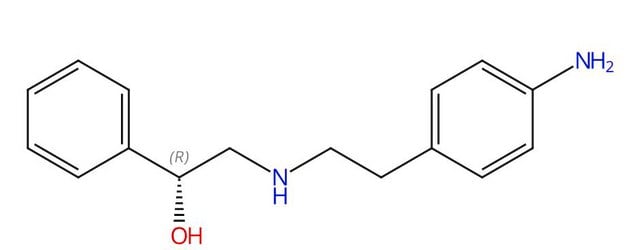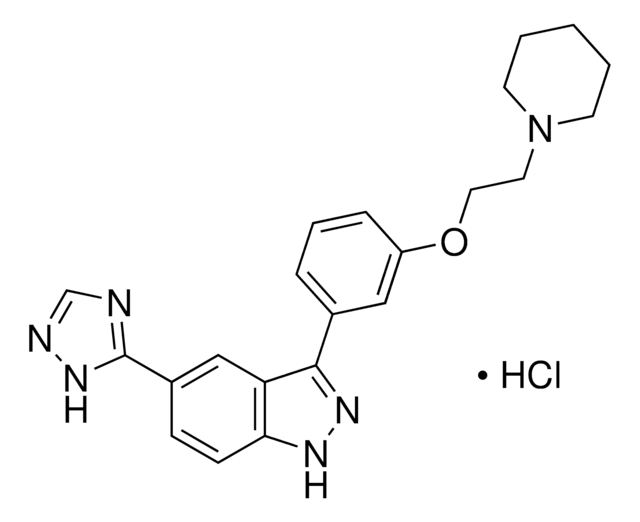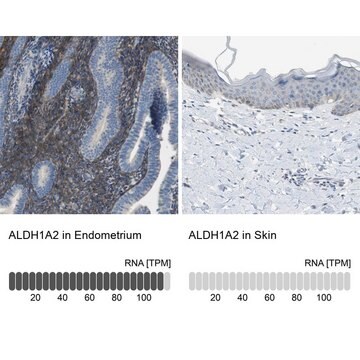07-4480
Dimethylglyoxime
JIS special grade, ≥98.0%
Synonym(s):
2,3-Butanedione dioxime, Diacetyldioxime
About This Item
Recommended Products
grade
JIS special grade
assay
≥98.0%
form
solid
availability
available only in Japan
mp
240-241 °C (lit.)
SMILES string
CC(=N/O)\C(C)=N\O
InChI
1S/C4H8N2O2/c1-3(5-7)4(2)6-8/h7-8H,1-2H3/b5-3+,6-4+
InChI key
JGUQDUKBUKFFRO-GGWOSOGESA-N
Looking for similar products? Visit Product Comparison Guide
signalword
Warning
hcodes
Hazard Classifications
Flam. Sol. 2
Storage Class
4.1B - Flammable solid hazardous materials
wgk_germany
WGK 3
ppe
Eyeshields, Faceshields, Gloves, type P2 (EN 143) respirator cartridges, type P3 (EN 143) respirator cartridges
Certificates of Analysis (COA)
Search for Certificates of Analysis (COA) by entering the products Lot/Batch Number. Lot and Batch Numbers can be found on a product’s label following the words ‘Lot’ or ‘Batch’.
Already Own This Product?
Find documentation for the products that you have recently purchased in the Document Library.
Our team of scientists has experience in all areas of research including Life Science, Material Science, Chemical Synthesis, Chromatography, Analytical and many others.
Contact Technical Service









